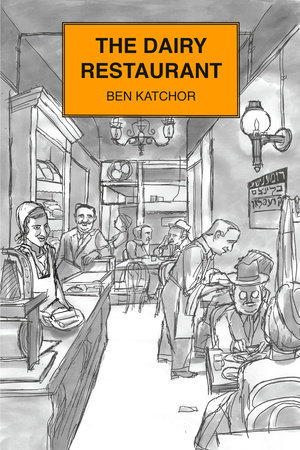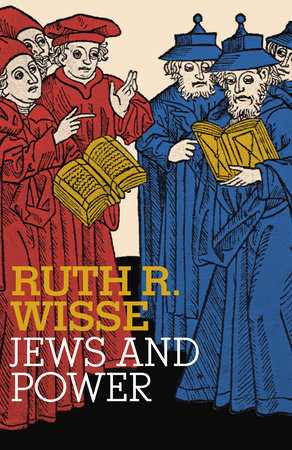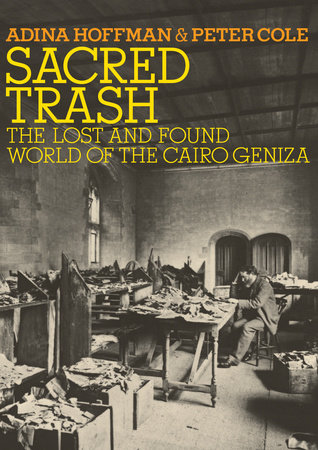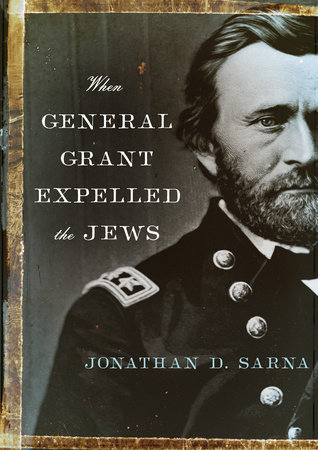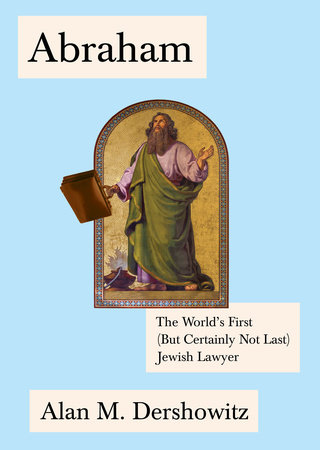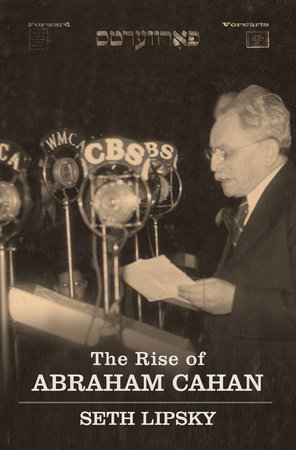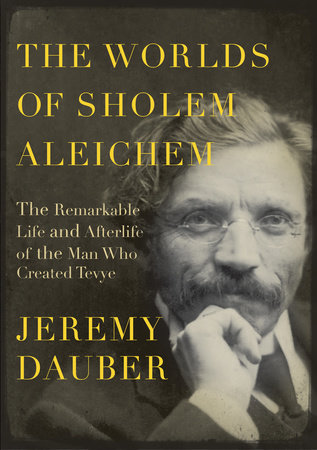Excerpt
Emma Lazarus
PROLOGUE Emma Lazarus and the Three Anne Franks Not long ago, on a humid May morning, I visited my daughter’s fourth-grade class. We parents gathered on the blacktop behind the school, where, amid a mad, high buzz of cicadas, the children stood in stiff poses, hot in their costumes, for the Annual Wax Museum. Here was Jackie Robinson, played by a white boy with freckles, and there was Lady Diana Spencer, played by a tall black girl in a foil tiara; perched on the jungle gym, a recent arrival from Pakistan wore Eleanor Roosevelt’s unmistakable blue felt hat and wallflower dress. When I touched his hand—the cue to begin his autobiography—a stout black boy, as Malcolm X, told of marrying “Betty X” before being shot in Harlem; “El Duque,” played by the daughter of a Guatemalan gardener, recalled his passage through shark-infested waters. This year’s theme had been announced as “Women and Minorities,” though after an appeal from the mom of a would-be Babe Ruth, the teachers broadened it to “People Who Made a Difference.” At the edge of the blacktop, a pigtailed Leonardo da Vinci gossiped in her Sydney accent with a tiny George Washington, coiffed in a poof of baby powder.
As I wound my way among these sweaty monuments, Emma Lazarus’s famous sonnet, “The New Colossus,” was on my mind:
Give me your tired, your poor / Your huddled masses yearning to breathe free. Among these poor, tired kids, huddling in their Wax Museum tableaus, was the breathing proof of her prophecy—multicultural America, the “Mother of Exiles,” welcoming all in need of freedom. I had learned about the fortunes of this poem, how it had flared and faded from view in the 1880s, emerged fifteen years after Emma’s death on a plaque inside the Statue’s pedestal, and been resurrected in the 1930s by pro-immigrationists during an era of restrictive quotas. The poem had shaped America’s self-image, certainly, but not spontaneously, not continuously. Like many prophecies, it was well ahead of its time, and decades later it proved an exquisite tool for men and women trying to carve a new, inclusive destiny for America.
Finding no Emma Lazarus in the Wax Museum was not a surprise. But I was surprised to find that all the Jewish girls in the class (except my own pith-helmeted daughter, channeling Jane Goodall) had chosen to be Anne Frank. Each of the three Anne Franks had parted her hair on the right, clipped it on the left; each clutched a small book entitled Diary; each wore the white, Peter Pan collar of the girl who wouldn’t grow up. There were small variations—one was blond and curly, the daughter of Israelis; another had feline, green eyes; the third, giggly and nervous, consulted her diary frequently for what looked like prompts. Each kept a respectful distance from the others, as though it were hard enough to be Anne Frank without competing for the title. They’d clicked on the same website, each reciting solemnly, “I died of typhus in Bergen-Belsen in March 1945, but after my death my dream came true: I became a published author.” The eerie trio made me shudder, as much for Anne Frank’s death as for the grim Wax Museum heroine she had become.
I was not much older than my daughter when my parents gave me Anne Frank’s
Diary of a Young Girl for Chanukah, inscribed
, Here is a young girl we would like you to know. As I came to know her, she became a heroine of mine, too, but for all the wrong reasons. She was proud and bad and furtive; she’d doted on her father, hated her mother, mocked the neighbors, and flirted, effectively, with a boy. Best of all, Anne was willing to tell me everything, and I adored her for it; I was her confidante—her “Kitty.” I loved Anne Frank neither for hoping nor dying but for being so shameless, so unlovable.
Emma Lazarus’s diary does not survive, and of her childhood until the age of fourteen, there are no traces at all. We know that she was at least a fourth-generation American, the scion of a wealthy Sephardic family in New York, but little else. Whether she was mischievous or aimed to please, we cannot know; whether she went to school, played the piano, memorized Shakespeare, became her father’s favorite, or went to synagogue, we can only surmise. We live on the dark side of her moon. For nearly a century following her death in 1887, the only hints of the passionate, ardent life she lived were a scattering of letters sent to her famous correspondents, a small cache of letters she received, and a maudlin memoir by her sister Josephine.
All that changed on a Saturday afternoon in July 1980, when the retired theater critic Rosamond Gilder emptied the contents of a tall wooden cupboard into the arms of the scholar Bette Roth Young. It was a trove of one-hundred-odd letters sent by Emma Lazarus and her sisters to their friend Helena deKay Gilder, Rosamond’s late mother. Sublimely trusting, Gilder handed over three hundred frail sheets of paper, directing her visitor to the nearby Lenox, Massachusetts, post office to photocopy them. Many nickels and fifteen years later, these letters and others appeared in Young’s landmark volume,
Emma Lazarus in Her World: Life and Letters (1995).
In her letters to her own “Kitty,” Emma Lazarus comes alive as never before. Alert and witty, scandalously smart, she devours the heady pleasures of the Gilded Age: music, theater, art, poetry, novels, politics, history. She acquires powerful mentors in Ralph Waldo Emerson and Thomas Wentworth Higginson and befriends the daughters of Emerson and Hawthorne. She engages blue bloods and mountain men; eccentricity brings out the best in her. She is a snob; she is a champion of the oppressed. With women, her attachments are ardent and sustained. With men, her friendships are more tenuous; she strives to balance friendship and intimacy, then impetuously tips the scales. She lives a vibrant writing life, taking up a myriad of genres—lyric poetry, blank-verse narrative, drama, translation, novel, short story, essay, polemic, even muckraking exposé—and writing the first prose poem to appear in English. Traveling abroad for the first time at thirty-three, she takes London by storm. By the time she returns to Europe two years later, she has braved the ordeal of a lifetime, defying both enemies of the Jews and Jews who championed their people but without her visionary realism. Adrift, depressed, cut off from the very sources of her power, she tries out the role of a Henry James heroine in foreign capitals until a fatal illness breaks her stride.
The same brio that makes her a joy can make her fearsome. Disappointed or betrayed, she does not shy from conflict, not with Ralph Waldo Emerson, not with genteel anti-Semites, not with the many Jews who mocked her vision of a Jewish state in Palestine. Angered, she is unsparing, her pen scathing. A woman of action; a secular, nationalist Jew; a spinster with a sharp eye for sexual innuendo, unafraid to face her own longings—in so many ways, she is more of our time than of her own.
Here, at last, is Emma Lazarus, a being, not a poem.
Here is a woman I would like you to know.




